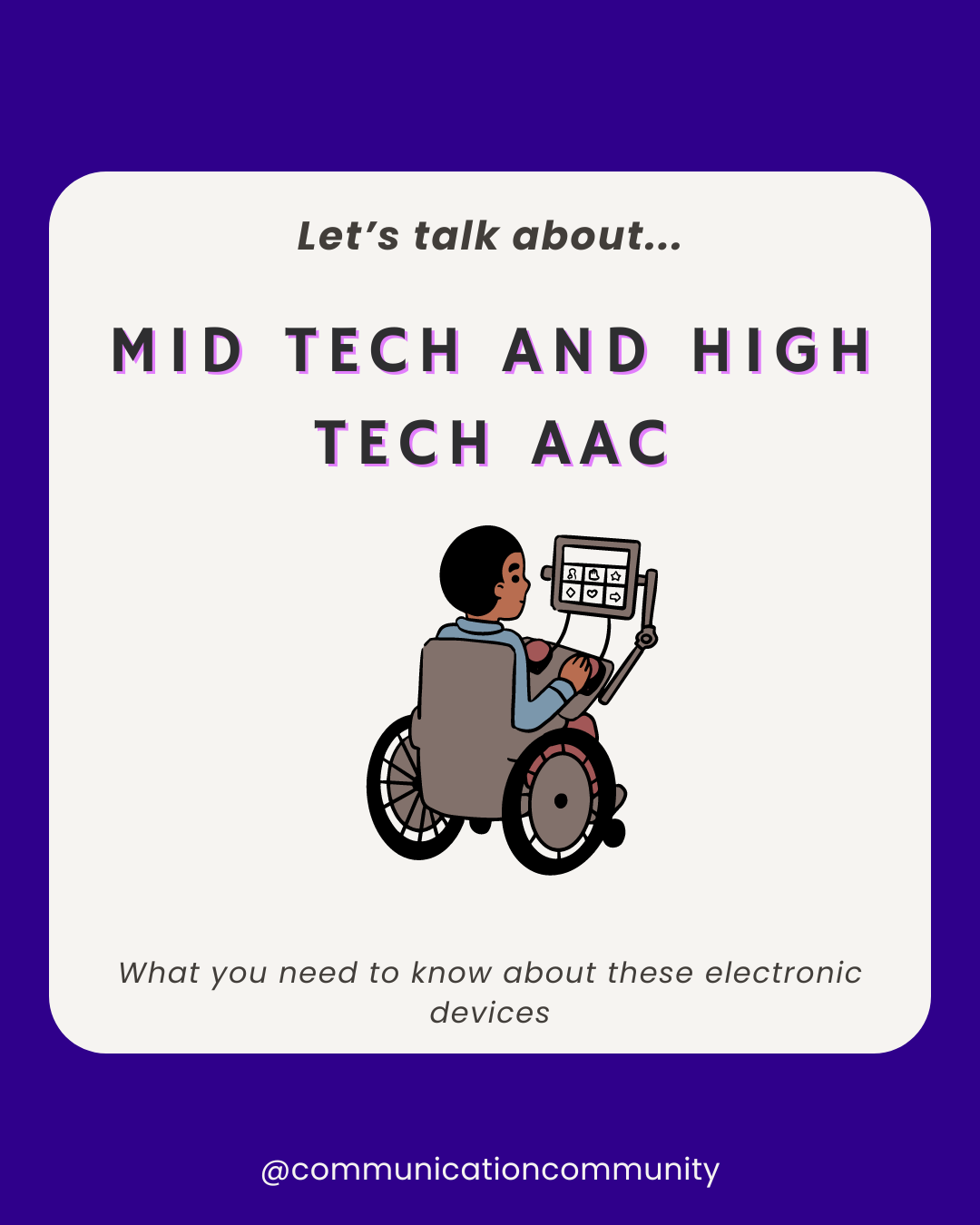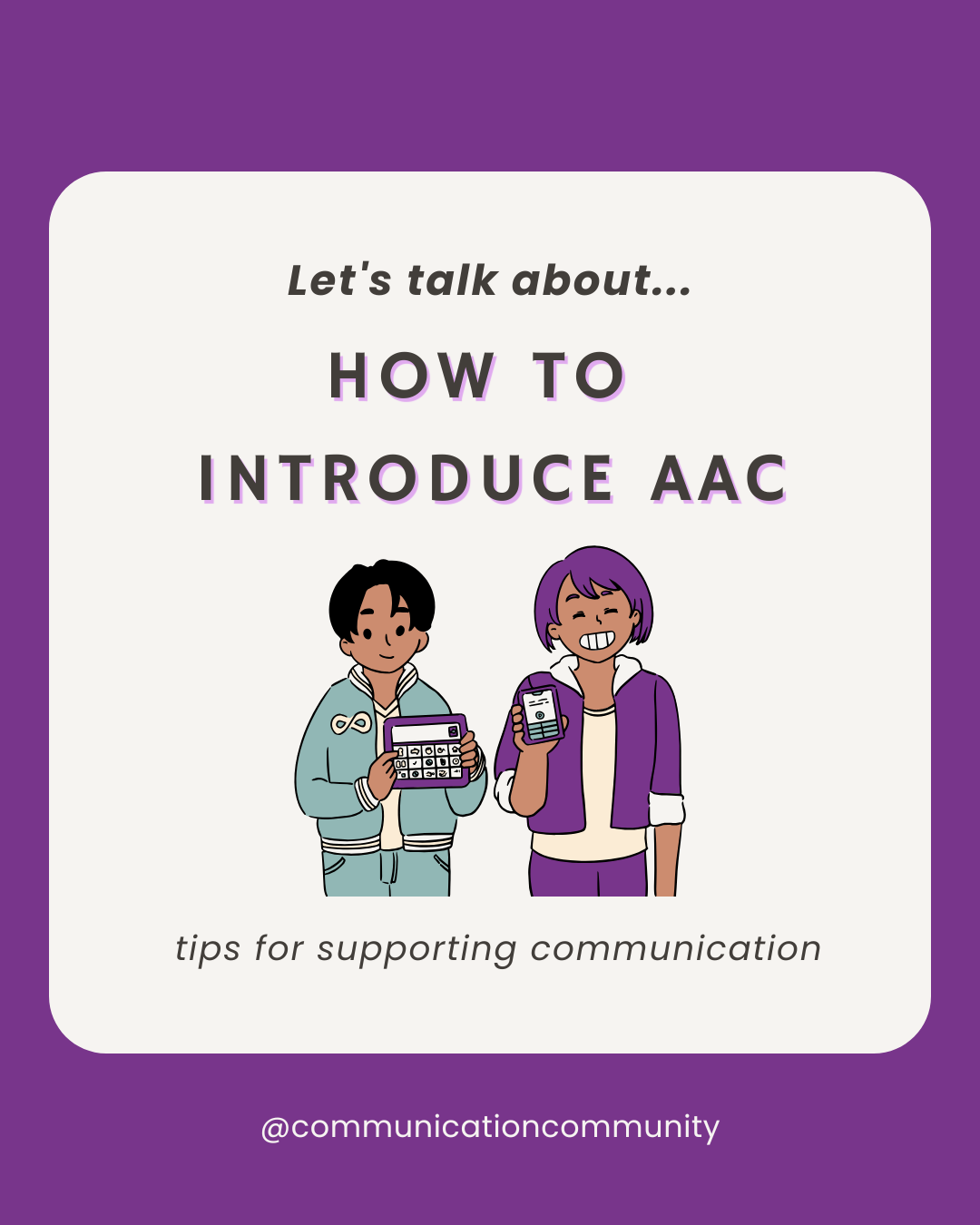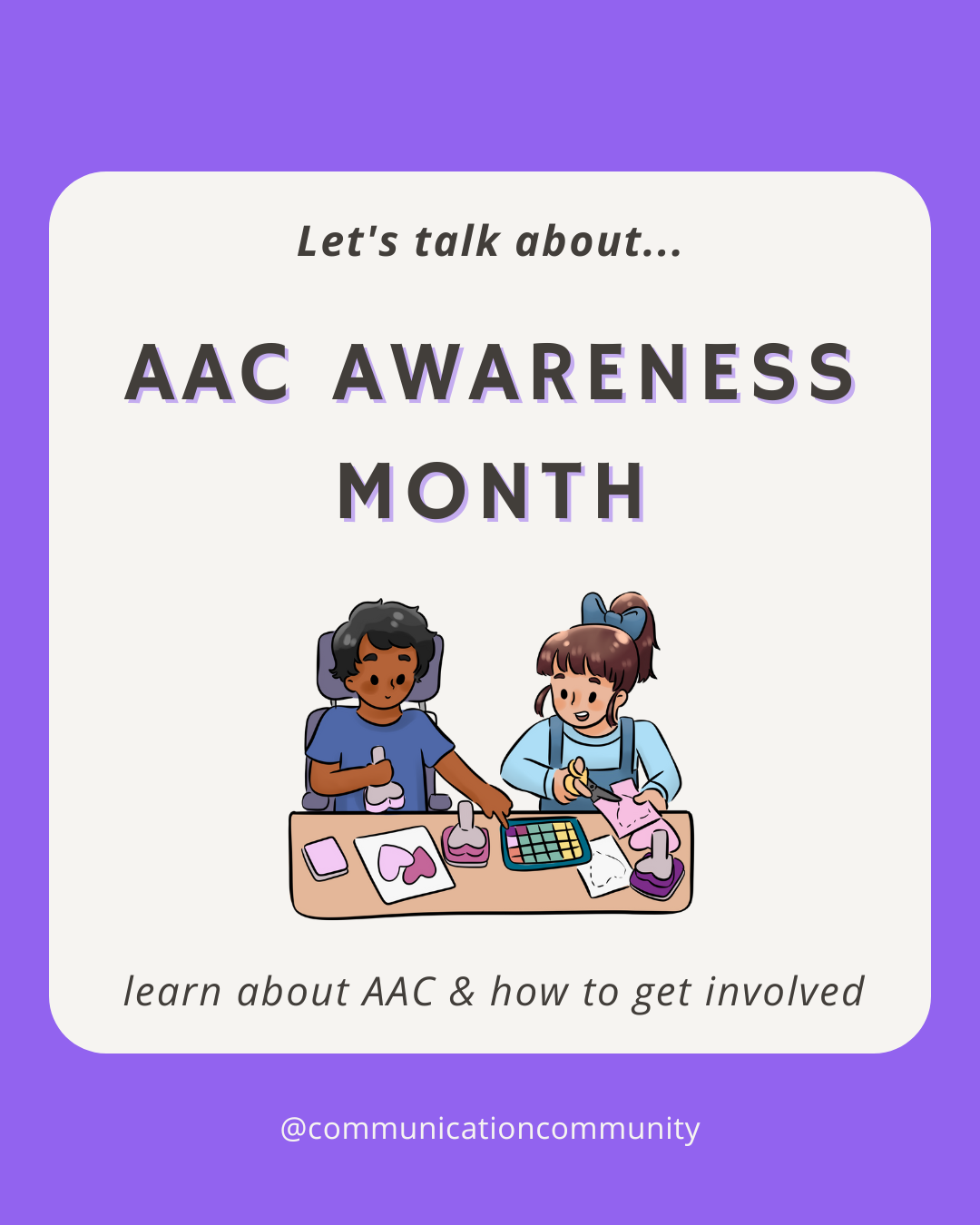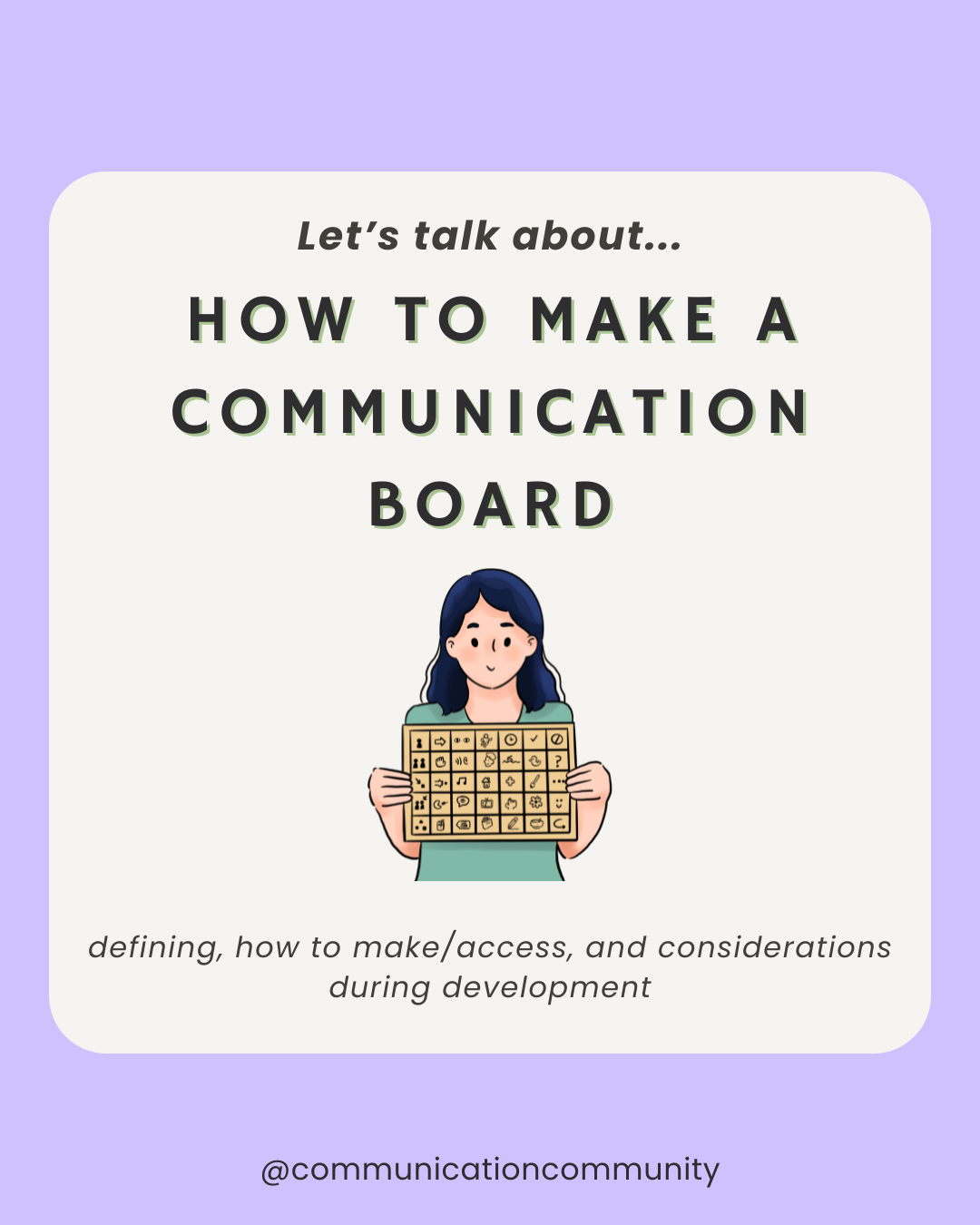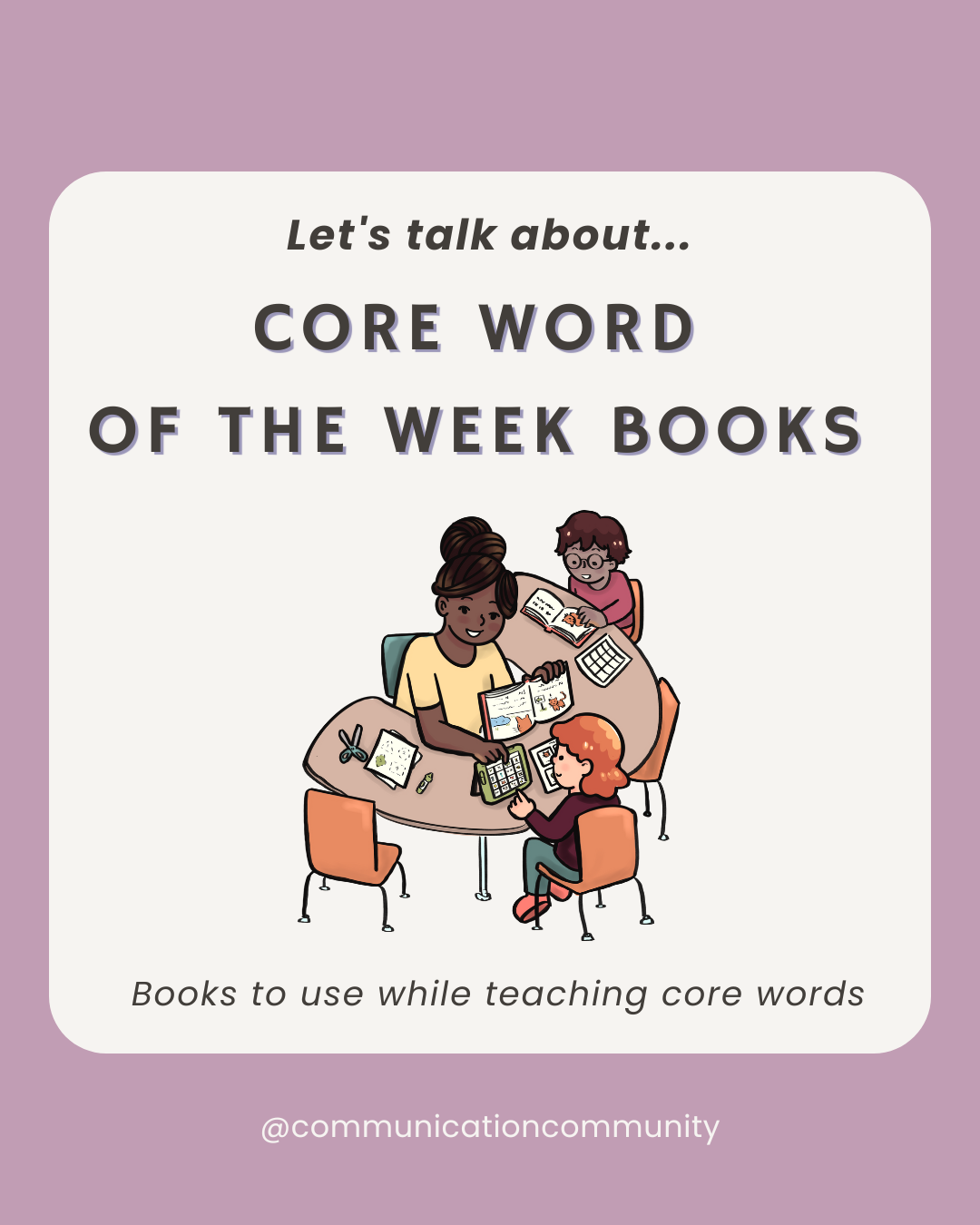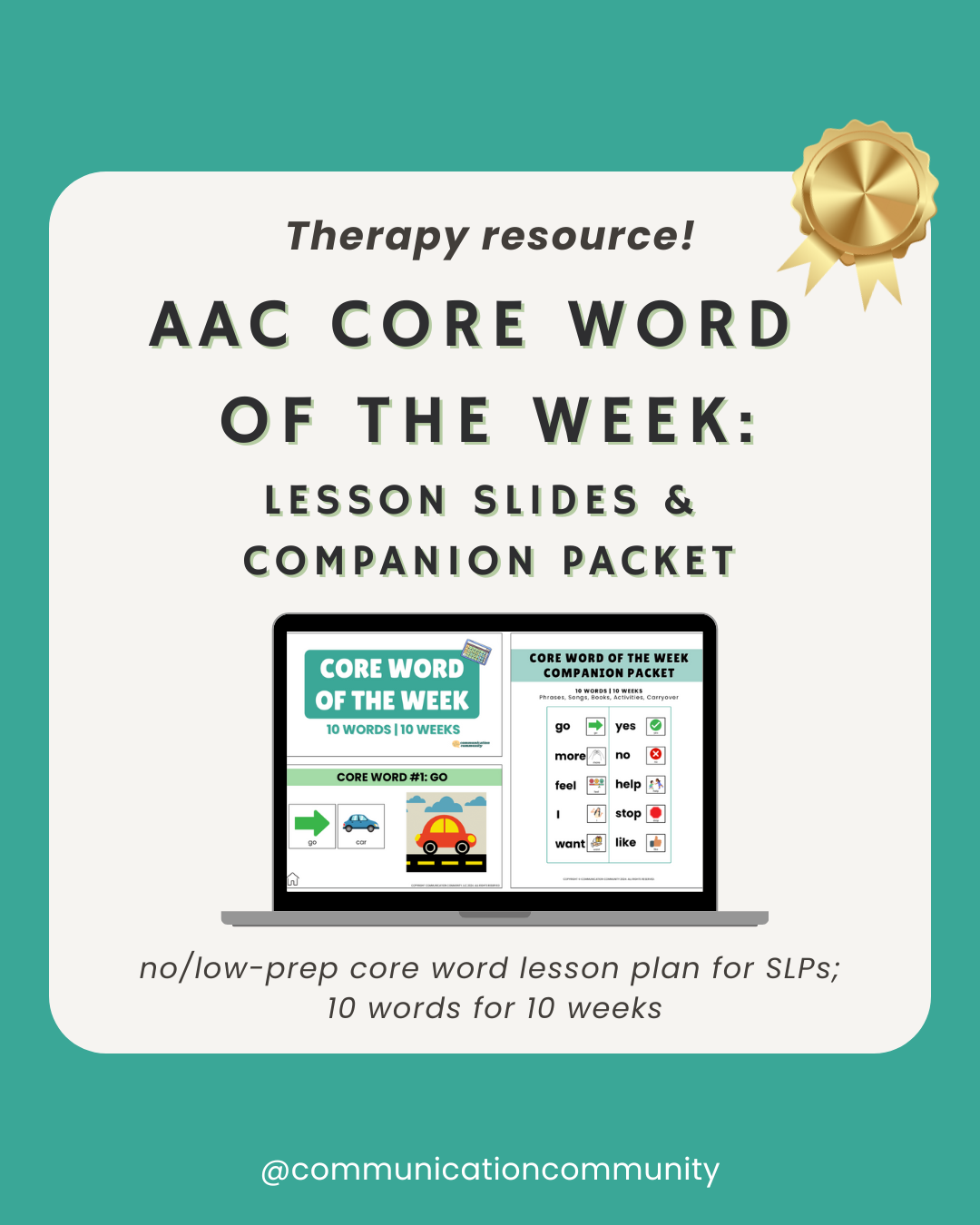In previous articles, we have touched on the basics of AAC, including “no tech” AAC, and “low tech” AAC devices. Now it’s time to dive deep into the world of "mid tech" and "high tech" AAC devices. Get excited!
We are discussing "mid tech" and "high tech" AAC devices, which are sometimes known as speech-generating devices (SGDs). “Mid tech” AAC devices are typically thought of as electronic devices that are battery-operated and have simpler functions, whereas "high tech" AAC devices are typically thought of as electronic devices with more advanced processors. Maybe we are biased, but we think they are pretty cool!
There are many different kinds of SGDs, which can be modified to fit an individual’s unique needs and abilities. “Mid tech” and “high tech” AAC devices range from a single button that has a pre-recorded speech message, e.g. “I want a drink,” to devices that have software that allow individuals to type and/or create complex messages with their eyes. These devices may be tablets, iPads, or computers.
A few examples of “mid tech” AAC devices include:
Single button: something like a Big Mack, which can speak a single, pre-programmed message (e.g. "I want a drink")
Single overlay displays: something like a GoTalk, with a limited number of pre-programmed messages.
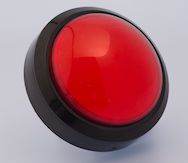
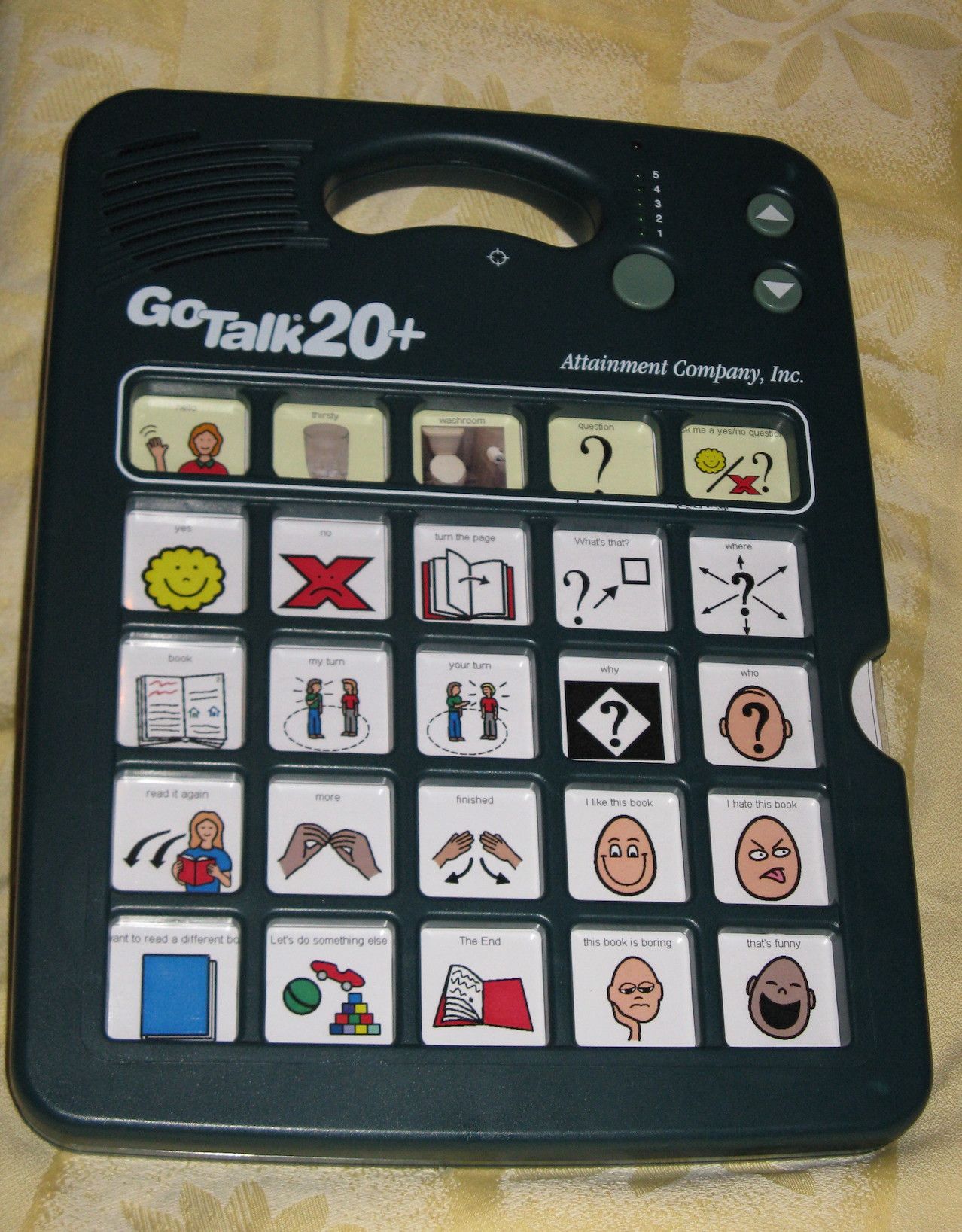
“High tech” AAC devices include:
A tablet with a software program for communication. This program may have multiple pages and folders (e.g. pressing “School” brings you to a page with school vocabulary, pressing “Food” brings you to a page with food options).
A computer that has software programs that allow you to type, control a mouse, send emails, and browse the Internet.
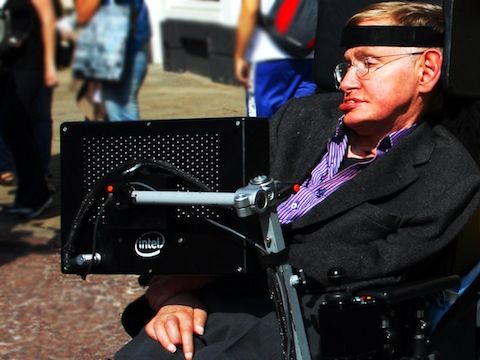
Sometimes SGDs are dedicated devices, where the software is only for SGD purposes (think: Tobii Dynavox devices). Some SGDs are non-dedicated devices, where you can download software for SGD purposes, but also use separate apps for email, games, and more (think: an iPad with downloaded ProloQuo2go app).
How does one access a “high tech” AAC device?
Due to fine and/or gross motor limitations, some individuals may not be able to easily access a “high tech” AAC device with their fingers and hands. Luckily, there are many ways to modify how an individual accesses a device. This may be as simple as adjusting how long one presses a button before it is selected, or using a stylus instead of their fingers. More complex modifications include scanning, where an individual presses a button with their head or hands to select a message on the device's screen. Individuals may also move their eyes to use an AAC device that reads eye movement.
Who would use a "high tech" AAC device?
Individuals who have complex communication disorders may benefit from “high tech” AAC devices. As mentioned in Augmentative and Alternative Communication (AAC): An Introduction, deciding on the most appropriate AAC system would require a consultation and evaluation with a qualified speech-language pathologist.
Why use a “high tech” AAC device?
As human beings, we have an innate desire to communicate with ourselves and others. In this technological boom we are living in, physical and/or cognitive limitations no longer have to be barriers to stop individuals from being able to communicate. An individual who is not able to communicate verbally should have access to resources to increase self-advocacy and that may be communicating via an AAC device. Our mission statement states that we believe communication is for all - and for some, their most effective communication is through “high tech” AAC devices.
Looking for more AAC resources? We have many more posts that go into more detail about AAC!
Types of AAC Devices:
- No Tech AAC devices
- Low Tech AAC devices
- Mid Tech AAC devices, When to Use Mid Tech AAC
- Dedicated AAC devices
- Access options for AAC devices
AAC Goals:
Vocabulary, ownership, and use of AAC Devices:
- Operational competencies in AAC devices
- AAC System Ownership
- Core Words
- Fringe Words, Choosing Fringe Words
- Using AAC devices in different contexts/environments
- Partner Training in AAC
- How to Use AAC During the Holidays
- Defining AAC Terms
- Does AAC Prevent Speech Development?
- How to Make a Communication Board
- Communication Functions and AAC
- What is Aided Language Stimulation?
- Backing up AAC Systems
- How to Optimize AAC Devices
- AAC Group Ideas
- AAC Assessment Tools
Activities using AAC devices:
Citations/further resources:
https://www.speaktome.co.nz/article/augmentative-alternative-and-communication-aac-myths
https://www.asha.org/PRPSpecificTopic.aspx?folderid=8589942773§ion=Key_Issues
https://www.aacpdm.org/UserFiles/file/IC2-Marx-2.pdf
Photos: https://commons.wikimedia.org

